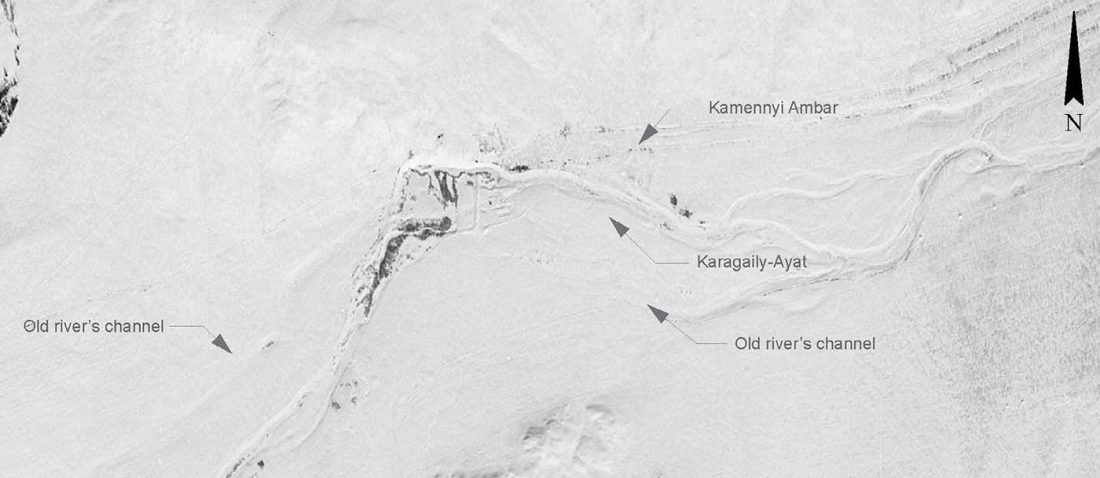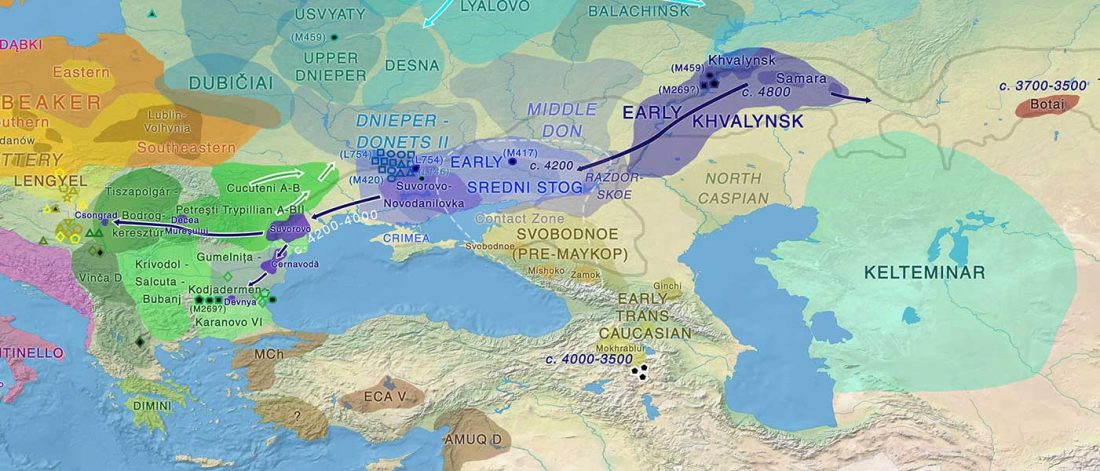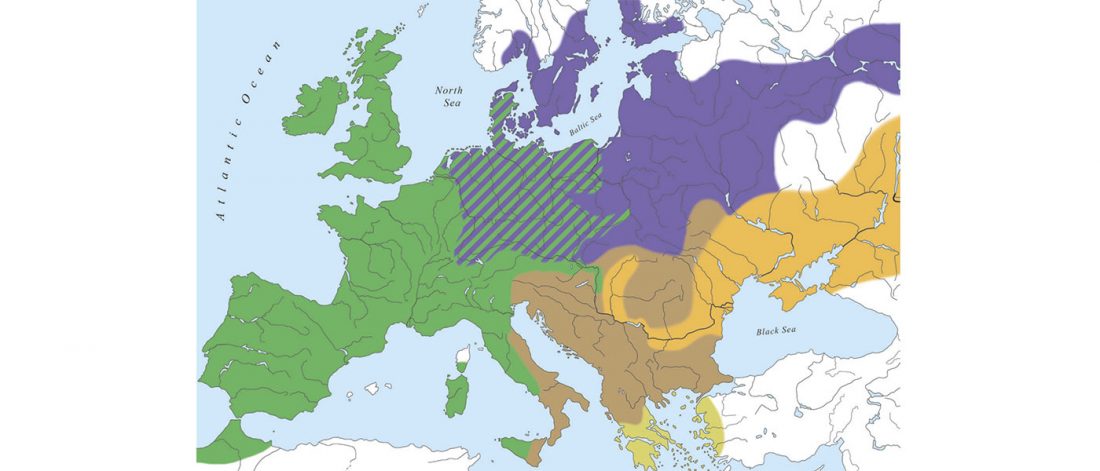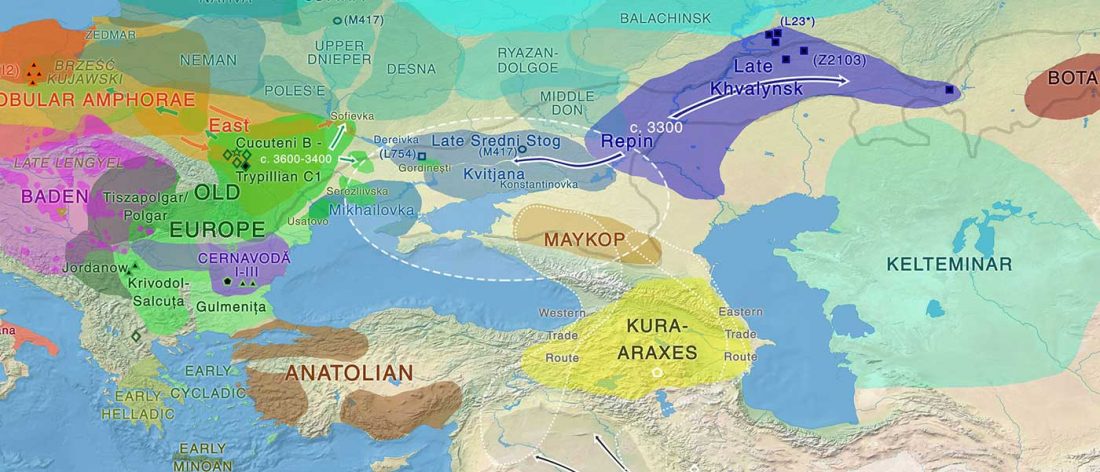Open access structured abstract for The first horse herders and the impact of early Bronze Age steppe expansions into Asia from Damgaard et al. Science (2018) 360(6396):eaar7711.
Abstract (emphasis mine):
… Read the rest ““Steppe people seem not to have penetrated South Asia””The Eurasian steppes reach from the Ukraine in Europe to Mongolia and China. Over the past 5000 years, these flat grasslands were thought to be the route for the ebb and flow of migrant humans, their horses, and their languages. de Barros Damgaard et al. probed whole-genome sequences from the remains of 74 individuals found across this region. Although there is evidence for migration into Europe from the steppes, the






